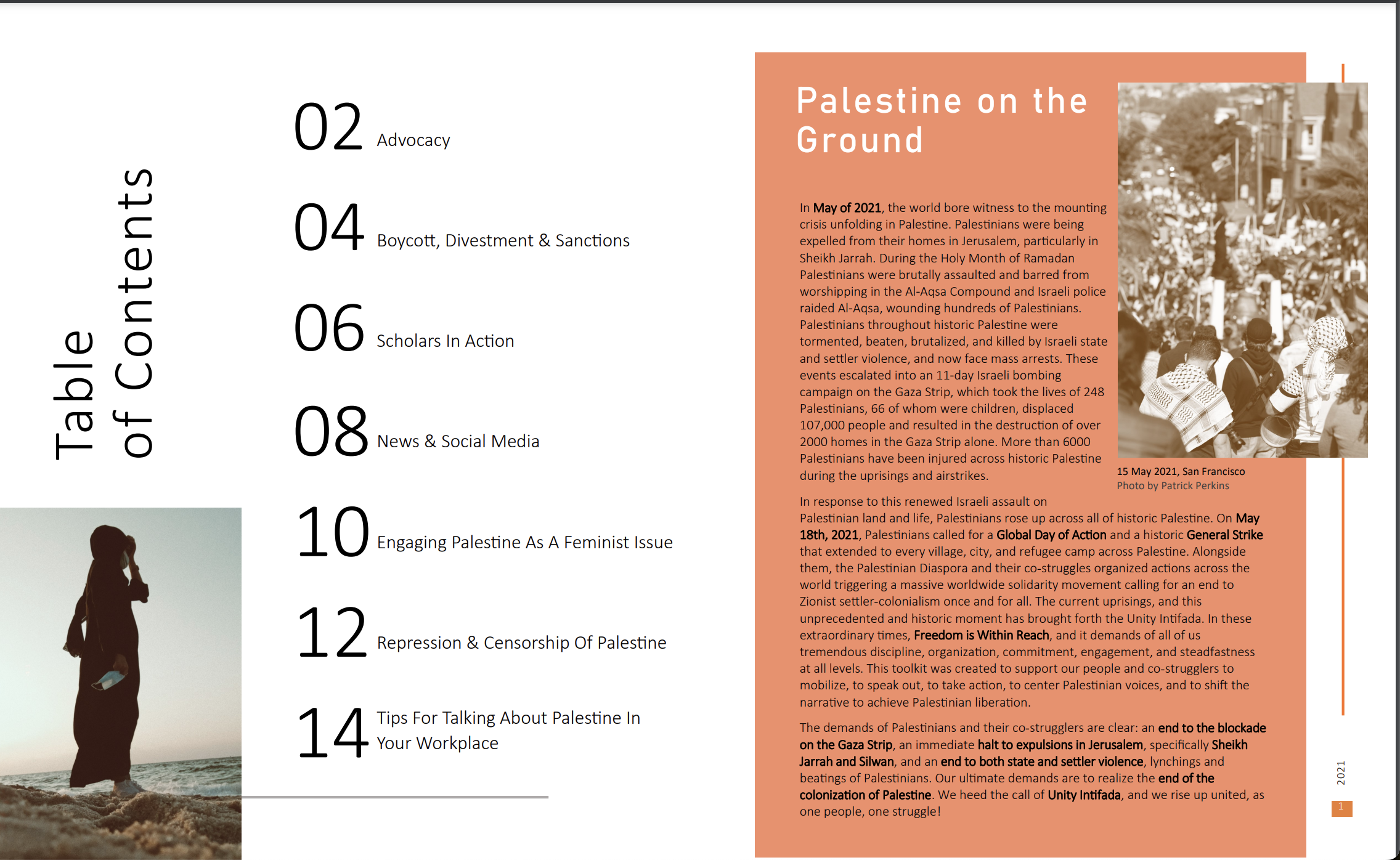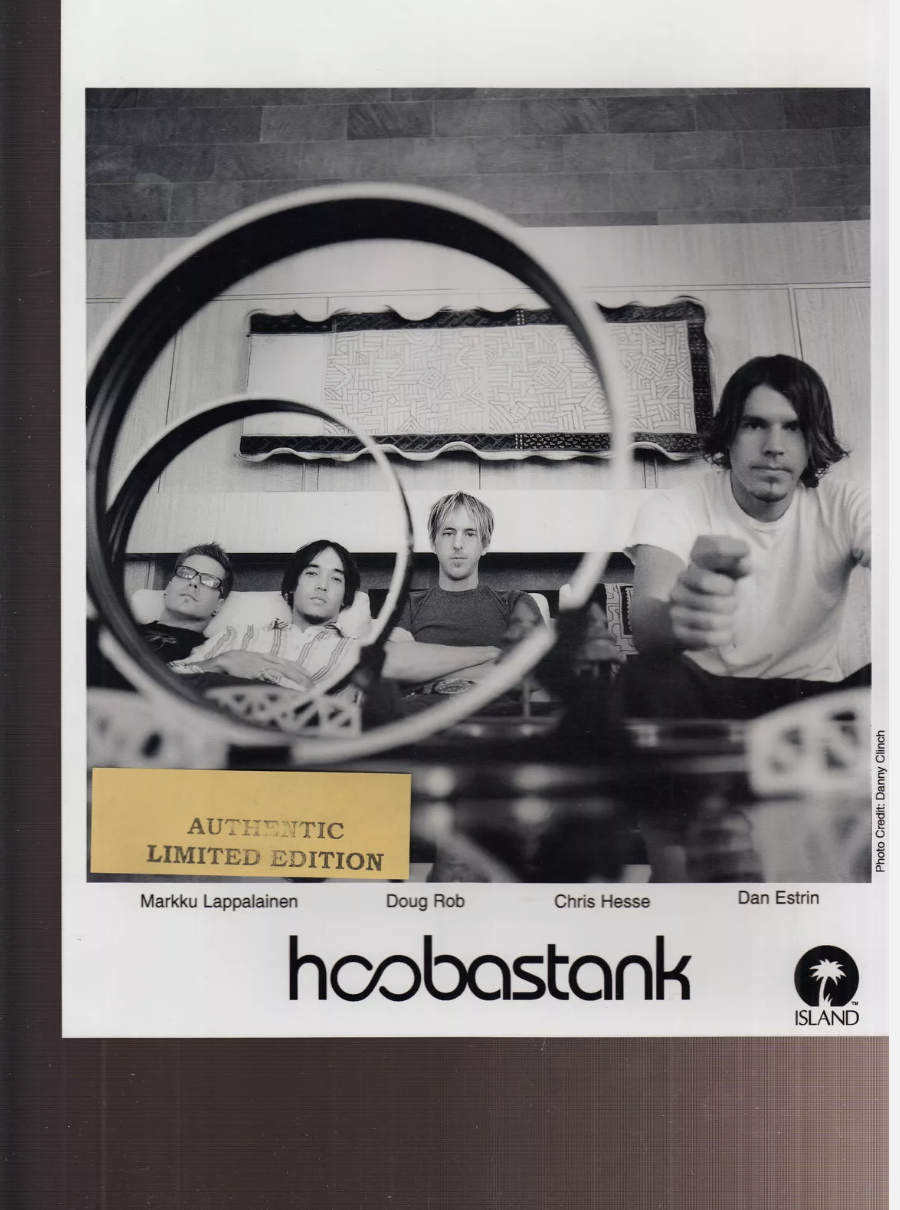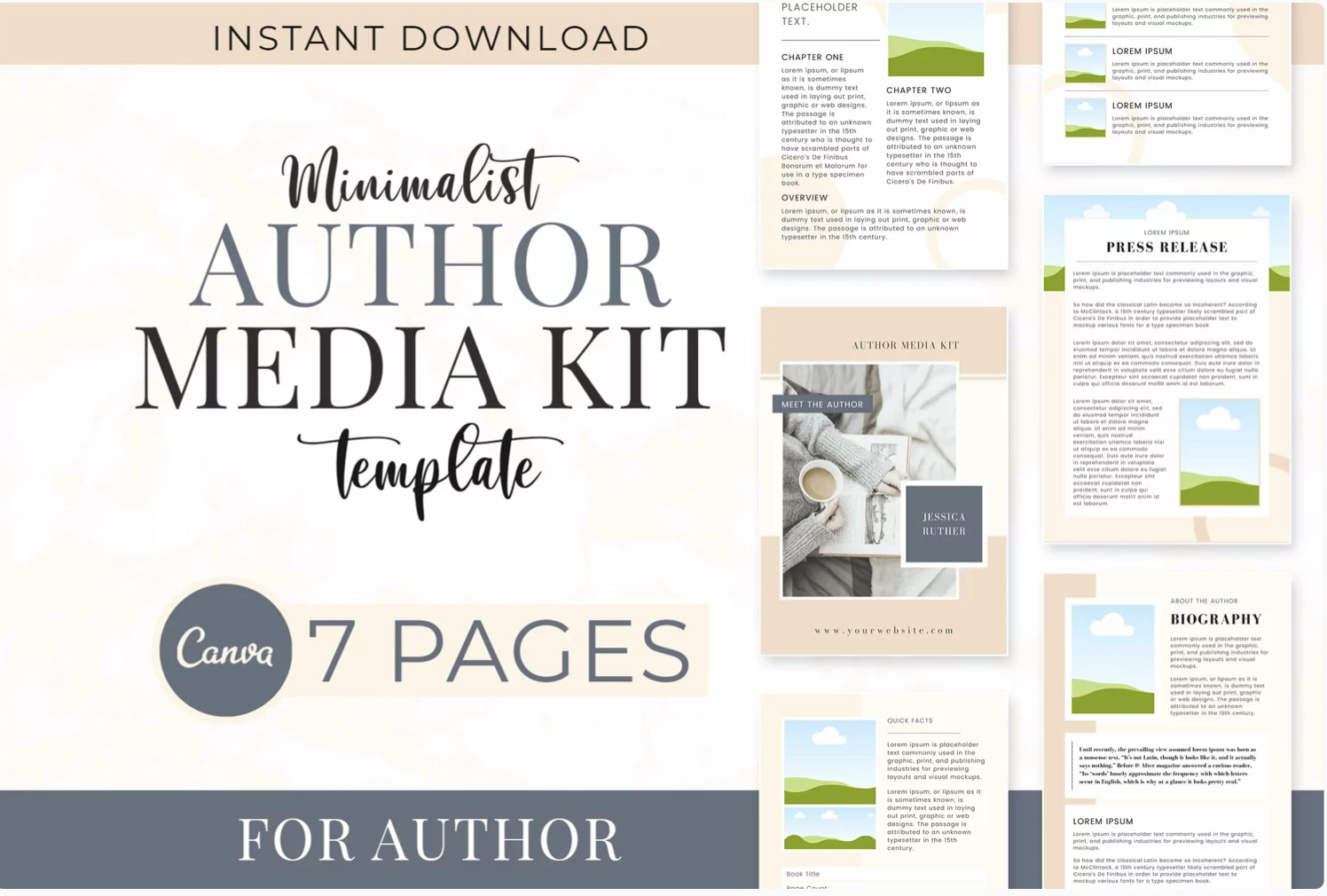Dreaming of being a successful blogger? The keyword there is successful.
Because the current media landscape is filled with endless blogs, Instagram accounts, and influencer ads, you need PR materials to break through the clutter— a media kit.
In this grueling era of the social media revolution, getting the best PR coverage is a can of worms. Scoring even a little screen time on commercials, live media releases or digital press releases can cost a handsome amount. Also, the spread of media frauds and scams has made the overall process quite difficult.
Monitoring media agencies before handing out media kits with media monitoring software can bring you in the right spotlight. By sharing your media kit with renowned and known media journalists, you can vouch for the promotions and releases that can actually benefit your brand and amass audience interest.
Let's adjust our camera and help you craft the perfect media kit that helps you make a public impression.
What is a media kit?
A media kit is a comprehensive repository or portfolio that allows you to gain media or news attention. It encompasses brand assets like boilerplate, content information, company overview, logos and graphics, press releases, media mentions, testimonials, case studies, closure reports, and social media statistics. This kit is used to familiarize media people with your brand value, vision, and mission.
Putting in the hard work of making an impressive media kit for your public relations goals is worth it. Once you’ve completed yours, you can send it to potential business opportunities. Or better yet, when marketers reach out to you, you’ll be ready to sell them on a partnership.
Elements of a media kit
A media kit should be a representation of your brand. The better you design it, the better you'll be able to explain your business model to media journalists. The journalists go after scintillating brand stories, so your brand needs to narrate one through the media kit.
Here are the assets you can include in your media kit that would make it a viable choice for media agencies.
- Captivating About Us: The media kit needs to have a succinct and erudite company bio that explains your mission, business model, stakeholder circle, investor circle, and current sales numbers extremely clearly so that media journalists can establish your credibility and pre-empt your portfolio for their telecast.
- Clear contact information: The media events are mostly held offline, which means that media agents can visit your office locations (across all branches) anytime. Having a detailed mention of major office addresses within the media kit can clear the confusion of journalists and help them locate you easily.
- High resolution visuals: Adding high resolution product visuals or manufacturing and supply chain visuals can further open up your brand to live media action. Covering a brand is not possible if the reporting agency is not aware of the core product of the brand.
- Compelling press releases: If you have already been in the limelight of media in the past, including those press releases, newspaper mentions, or social media shoutouts in your media kit. This will create a positive impression in the minds of agencies that you reach out to and in the long run, would also earn the trust of the target audience.
- Credibility boosting partner mentions: Make yourself known as a credible brand by including partner information, vendor data, and sales quotes (if that's okay). These mentions would show substance in your work and help you come across as a brand that can be trustworthy, useful, and highly monetizing.
- Powerful testimonials and case studies: Let your work speak for you by including authentic customer reviews, testimonials, and referrals in your media kit. This might fast forward the process of shortlisting and place you on the top of the stack.
- Impressive social media statistics: If you have a decent social media following, get a screenshot of your numbers, metrics, and analytics and include those documents in your media kit. Social media statistics would be another evidence of gaining quick traction in the market, in case the PR company decides to cover you on air.
- Boilerplate texts: A short summary of the company's mission, vision, and values could add a human element to your overall media kit. This information could be crucial to explain your business and define your existence during a live event.
Vous voulez en savoir plus sur Logiciel de surveillance des médias ? Découvrez les produits Surveillance des médias.
Why do you need a media kit?
Fitness blogs. Meme accounts. Fashion gurus. Dog Instagrams. Foodie paradise.
Whether these are influencers, brands, or organizations, they have a social media presence, and people care about what they have to say. But there are so many, maybe even too many accounts or pages.
You need a media kit to help potential partners recognize your value so that you have a competitive edge over others with similar content.
For example, if you’re a fitness blogger who provides workout tips and healthy recipes, you may hope to eventually partner with a granola brand. However, every fitness blogger is hoping for the same level of exposure. In order to rise to the top, you need to have your information nicely organized in a media kit.
So let’s have some fun with it because once your media kit is complete, you won’t have to do one from scratch ever again.
Media kit examples
From an individual to a freelancer to a music company, anyone can build a media kit to exhibit their work in front of a massive audience. Here are a few examples of companies and individuals that can create media kits and hone up their creative following.
Company media kit
A company can build an electronic press kit or a traditional PR kit to cover their day-to-day agendas, history, products, services, projects, and on-site and offsite business trips and describe them as stories or small coffee table books in the media kit. A company can design its media kit quite creatively, to be at the forefront of media attention. Gaining PR coverage or a PR campaign can benefit the company greatly, not just in terms of revenue but overall brand visibility and name recognition.

Source: Indie Media Club
Non Profit media kit
Non governmental organizations or charitable organizations can reach out to potential donors and fundraising agencies by building a media kit that discusses their objectives, social causes, non profit motives, feeding people goals, orphanage services, asylum services, old age home capacity, war relief, care centre services, and so on. These media kits are an ode to keep the light of humanity and empathy burning and empower audiences, through PR promotion platforms, to pay a visit, donate, and support the humble cause.

Source: actionnetwork.org
Musician media kit
Musician media kit is a pre-requisite for every musician, right from the time they start writing or composing songs. Music needs audience attention, and so their kits need to be explantory of their music type, genre, band members, band details, tour details, instruments used, production patterns, studio recordings, published music, royalty distribution platforms and record labels (if any signed). As PR promotion is an innate requirement of a musician, putting their social media numbers could ascertain their talent and earn them a chance to perform live or get covered by a coveted news agency.

Source: Ebay
Author media kit
Author builds media kits to promote their portfolios and earn writing projects from B2B or B2C brands. They also build kits to earn guest mentions on third party websites. It typically includes their writing samples, published books, printing press details (if the book is with a publication), brand testimonials, traffic statistics, author bio and resume, social media following, reviews and content feedback.

How to make a media kit
To get started, you have to gather all of your information. Organize everything that makes up your brand and begin thinking about what makes you unique. Having a media kit will already make you stand out, but having a well-organized, attention-grabbing media kit will help you rise to the top.
Not all media kits look the same. Everyone has varying goals, statistics, and passions, so follow the below essentials and then add your own personal flair to make it special.
Introduction
Give marketers some insight into who you are and why you do what you do. This section should be about a paragraph long and include your headshot. It is a unique opportunity to tell your reader something they wouldn’t know about you just from looking at all of your statistics and numbers.
After writing your introduction, ask your friends and peers to review your content to ensure it represents who you are.
Do you share healthy gluten-free recipes because your family has celiac disease? Do you rank the best restaurants in Chicago because you moved there and knew nothing about the city? Or do you run your dog’s Instagram account because he is always there for you while, of course, being adorable?
Your story is special to you, and marketers love to see authenticity, especially when most of our time is spent behind a screen. If you show your reader who you really are and why you’d be a good fit for their needs, then you’re one step closer to your goals.
In the below example, Ren Behan does two things really well— she talks about her personal and professional life in the past and the present. Through this brief biography, the reader already knows a lot about her and can pick up on aspects of her personality, which is very important.
Social media following
Be sure to include the number of people who follow, like, or subscribe to your content. You’ve worked so hard to gain and maintain these numbers, so show them off to marketers who are looking to specifics to support their brands.
Social media platforms to include are:
- YouTube
- Snapchat
- Tumblr
Website traffic and statistics
The point of a media kit is to prove to your readers that you know exactly what your brand identity is and who should be interested in your brand. Website traffic and statistics are the perfect way to show exactly who your audience is.
Your audience is exactly who your information is reaching and who is listening to what you have to say. Let’s go back to the fitness blogger example. If the granola brand that wishes to now partner with you targets 20-30-year-old mothers, then they will want to see that your audience aligns with their target market. When the audience and target market match, then you are the perfect pick for a brand collaboration.
However, analyzing numbers, clicks, and data is not particularly simple. Luckily, we have the best PR software for you to make this process easier to do and understand.
Once you gather this information, add it to your media kit in a visually appealing manner so that nothing is left up to the interpretation of your prospective partner.
Rates
Stating your rates for projects is optional but highly suggested. Cut out some of the guessing game and provide your rates for specific projects if you no longer work on a gifting basis. These rates vary extremely from person to person and range from $50 to $15,000, or more if you’re an A-list celebrity.
Giving your prospective partner all of the information helps them determine if you are within budget and will save you from having some uncomfortable conversations. Plus, it saves you time from eventually parting ways due to cost.
Contact information
How are you going to know if someone wants to work with you if you don’t provide contact information?
Be sure to include your name, email, and phone number for marketers to reach you. Always keep this section of your media kit up-to-date and triple-check it before publishing. Without these details correct, the rest of your media kit has little to no worth.
Extras
There are optional extras to include if you really want to make your media kit shine. Odds are your media kit is one of many your prospective partner is reading that day, so go above and beyond if you can, but never add fluff.
If you’ve already partnered with brands, provide that information by simply putting the logos in a partnership section. Simple as that.
If you have some photos that will add value and tell your story, add those. But remember, information overload is never good. Make sure any photos you chose will sell the reader, not overwhelm them.
Lastly, if you’ve had the privilege of being covered in the press, then include snippets from that coverage. Showing that your brand or organization is already making people take notice will weigh heavily on the reader’s decision to choose you for a project.
Top media monitoring software in 2024
Send your work onto the right media path and stay away from PR scammers and frauders. By monitoring media agencies, you would acknowledge which media company can run right collaboration with you and value your hard work and marketing efforts to bring the right audience segment for your brand.
Here are the top five media monitoring software to consider in 2024
*Above are the top five leading media monitoring software solutions from G2’s Spring 2024 Grid® Report.
Send off
Say so long to your media kit and send it off to prospective partners. Before sending a duplicate email to any contact you got your hands on, research these partners. Then, personalize your message and attach your rock star media kit.
Now that you’re one step closer to being that successful mommy blogger, you can take a deep breath and keep inspiring people with your content.
Before you send a media kit, learn how to frame a media pitch to approach PR promoters and earn an opportunity to grow your brand.
This article was originally published in 2019. It has been updated with new information.

Deirdre O'Donoghue
Deirdre O’Donoghue is a Content Manager at Nature's Fynd and a former Content Manager at G2. In her free time, you can find Deirdre fostering puppies or exploring the Chicago foodie scene. (she/her/hers)


